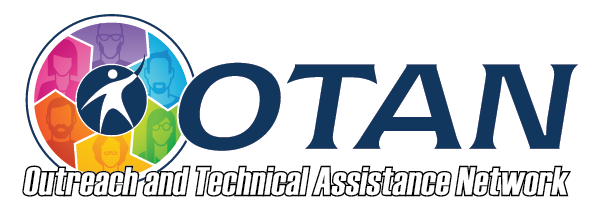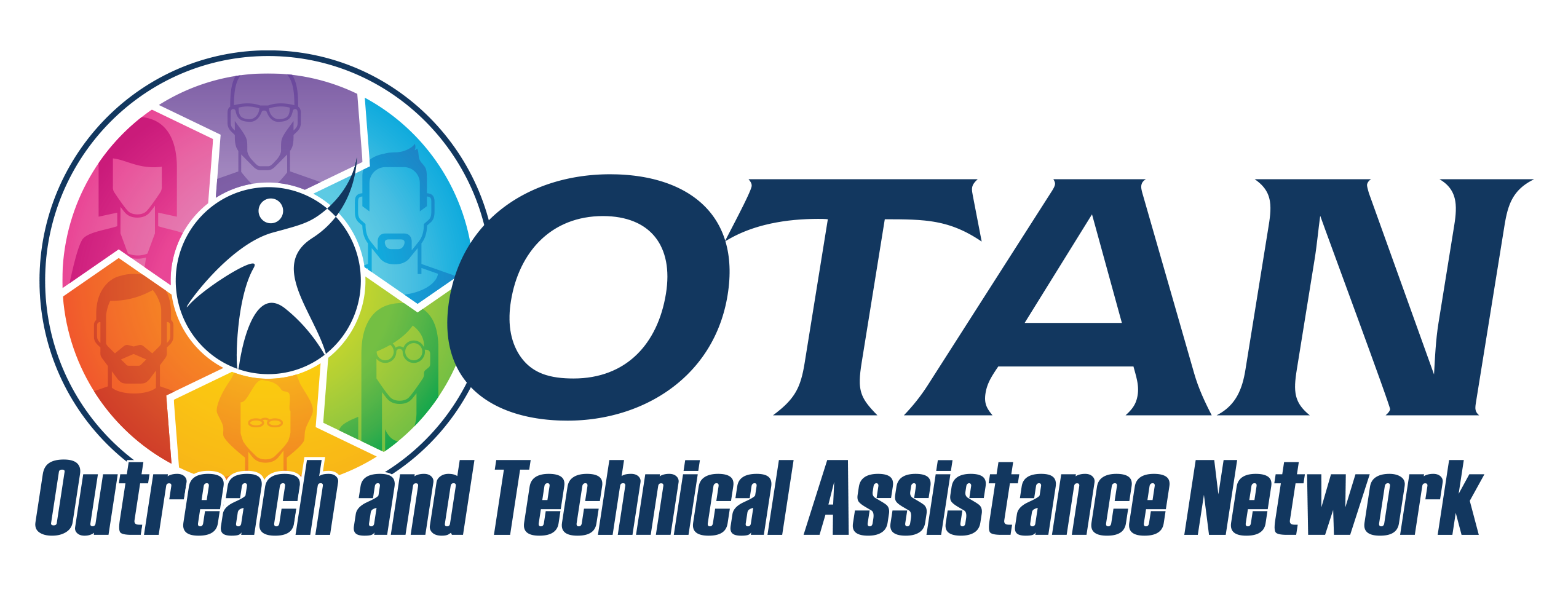Search
The Vitamin Collection: Vitamins
Details
Activity Description
In this activity, students learn the sources, functions, discovery history, deficiency, and excess effects of vitamins. The Molecular Expressions Vitamins Collection contains all of the known vitamins and many biochemicals that were once thought and claimed to be vitamins.
Preparation
- Make sure that the sites are not blocked at your school
- Review each vitamin link. Some of the vitamins in the past, are not considered vitamins today.
How-To
- Explain the importance of vitamins
- Display the Web site shown above.
- Ask students to select the links for each vitamin (you may choose to select only the most common ones)
- Let students complete the following list for each vitamin:
- Chemical explanation
- Discovery history
- Deficiency disease and symptoms
- Excess effects
- Food source
- Function
- Molecular Expressions Vitamins (microscopic art work)
- To complete the list, they may also need to visit the Web site for the National Institutes of Health, Office of Dietary Supplements .
Teacher Tips
- Technology Setup:
- Ensure that the websites are accessible on student computers, or plan to use a projector if working in a traditional classroom.
- Remind students that the molecular expressions images are artistic representations and should not be interpreted as scientific models.
Engagement:
- Encourage students to be creative with their presentations, using visuals or diagrams to explain the vitamins' effects.
- Use the molecular art collection as a way to explore the microscopic world, perhaps linking it to other topics like cell biology in future lessons.
Additional Resources:
- Provide links to both the Molecular Expressions Vitamins Collection and the NIH Office of Dietary Supplements to ensure students have reliable sources for their research.
More Ways
- You may want to use the Molecular Expressions art collection to start a discussion about the microscopic world.
Program Areas
- ASE: High School Diploma
Lesson Plan
Activity: (5-7 minutes)
- Begin by asking students: "What are vitamins, and why are they important?"
- Have students share their responses with a partner for 2 minutes and then share their ideas with the class.
- Show a quick visual quiz or matching activity with common vitamins and their food sources to activate prior knowledge.
Purpose: (10 minutes)
- Explain that today's lesson will cover key vitamins, their roles in the body, the effects of vitamin deficiencies and excesses, and the history of their discovery.
- Introduce the idea that some substances once considered vitamins have been reclassified.
Demonstration:
- Use the projector to show the "Molecular Expressions Vitamins Collection" website.
- Briefly explain what students will find on the site and how it visualizes vitamins in a unique, artistic way under the microscope.
Teacher Explanation: (15 minutes)
-
- Discuss the importance of vitamins, breaking it down into categories such as:
- Functions: How vitamins support the body’s processes.
- Sources: Common foods where vitamins are found.
- Deficiency & Excess: Health problems from not getting enough or getting too much.
- History of Discovery: Share brief stories about how key vitamins were discovered (e.g., vitamin C and scurvy).
- Discuss the importance of vitamins, breaking it down into categories such as:
Guided Exploration:
- Project a couple of examples from the website, such as vitamin C or D, and go through the discovery, chemical explanation, deficiency symptoms, excess effects, and food sources together as a class.
- Encourage students to ask questions or share what they know about these vitamins.
Activity: Research & Analysis (20 minutes)
- Divide the students into small groups or pairs.
- Assign each group 2-3 common vitamins to research using the Molecular Expressions Vitamins Collection and the National Institutes of Health, Office of Dietary Supplements websites.
- Each group will complete a table that includes the following information for their assigned vitamins:
- Vitamin Name
- Chemical Explanation
- Discovery History
- Deficiency Disease and Symptoms
- Excess Effects
- Food Sources
- Function
Group Collaboration:
- After gathering information, students will create a short presentation (2-3 minutes) summarizing the key points for their assigned vitamins.
Group Presentations: (10 minutes)
- Have each group present their findings to the class, either through a verbal presentation or using digital tools (e.g., Google Slides).
- After each presentation, ask the other groups to provide feedback or ask questions, encouraging active listening.
Class Discussion:
- Conduct a brief class discussion on any interesting or surprising facts students learned, focusing on the impact of vitamin deficiencies and the importance of a balanced diet.
Individual Reflection: (5-10 minutes)
- Ask students to write a brief reflection on which vitamin they find most important in their own diet and why. They should consider any personal health goals or nutritional needs when making their decision.
Extension Activity:
- Have students plan a one-day meal that ensures they receive sufficient amounts of at least 5 different vitamins. Encourage them to research which foods are best for meeting these vitamin needs and share their meal plan with a classmate.
Documents
- The Vitamin Collection.png - Screenshot of The Vitamin Collection homepage
Subjects
- Science
- Biology
- Health and Life Science
Standards
- Reading Foundational Skills
- RF.4 - Read with sufficient accuracy and fluency to support comprehension. (Fluency)
- Reading
- CCR Anchor 1 - Read closely to determine what the text says explicitly and to make logical inferences from it; cite specific textual evidence when writing or speaking to support conclusions drawn from the text.
- CCR Anchor 4 - Interpret words and phrases as they are used in a text, including determining technical, connotative, and figurative meanings, and analyze how specific word choices shape meaning or tone.
- CCR Anchor 7 - Integrate and evaluate content presented in diverse media and formats, including visually and quantitatively, as well as in words.

